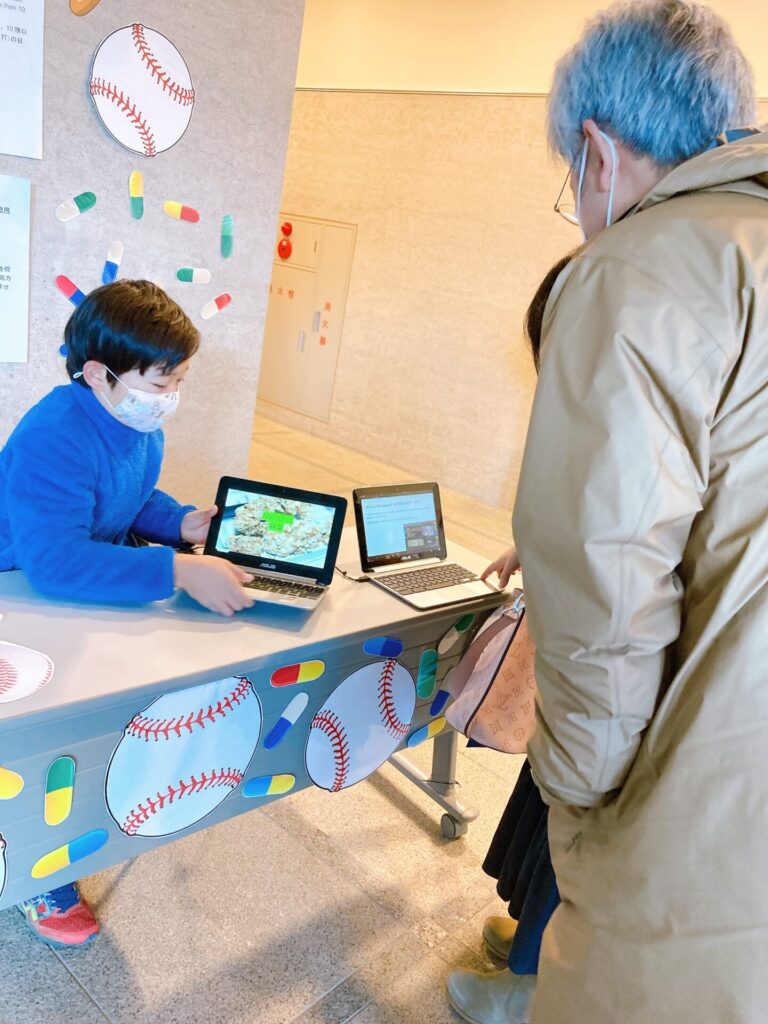Come on, folks!
The 2022 PYP Exhibit has come to a successful conclusion!
At the same venue as Performance Day, the Grade 5 culminations were all spectacular and were seen by many parents, staff and students!
The Grade 5 students were a little nervous at first, but when they were asked questions by parents, they answered them and their thoughts in a variety of ways!
The venue was brightly decorated and the atmosphere was very well set🌈
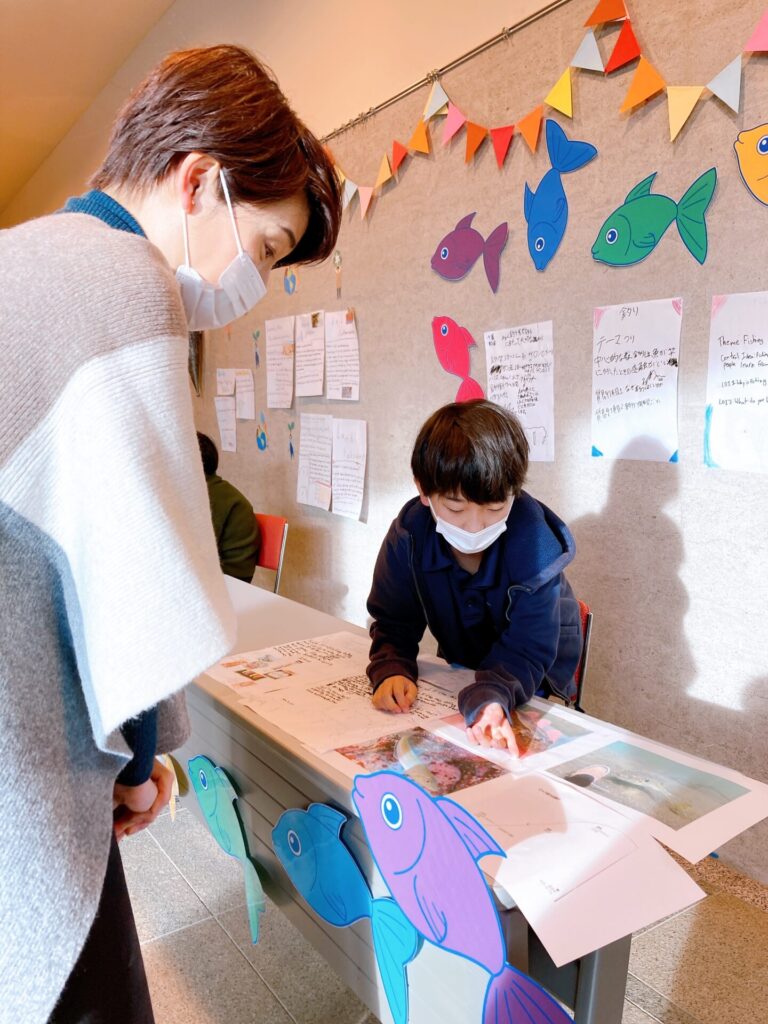
Learning in the Primary Years Programme (PYP) provides opportunities for students to demonstrate how they have developed and applied their knowledge, conceptual understanding, skills and learner profile attributes through the inquiries they undertake. All IB programmes include a culminating or consolidating learning experience in their final year, and for PYP, that is the Exhibition.
In the PYP exhibition, students demonstrate their understanding of an issue or opportunity they have chosen to explore. They undertake their investigation both individually and with their peers. Students demonstrate their ability to take responsibility for their learning and their capacity to take action as they are actively engaged in planning, presenting and assessing learning.
All exhibitions are…
Student-initiated
Students have a role in choosing the issue or opportunity to be explored; the transdisciplinary theme; the development of the central idea; the lines of inquiry. They identify what knowledge they will need to acquire, and what skills they will need to develop.
Student-designed
Students design their learning goals and establish the criteria of what success will look like for them. They co-design strategies and tools with teachers, mentors and peers to document their learning, and evaluate the success of the exhibition.
Collaborative
Students collaborate with their peers, teachers and mentors throughout the exhibition process. As students are diverse, some will engage with the exhibition in groups while others will engage individually, supported by mentors.
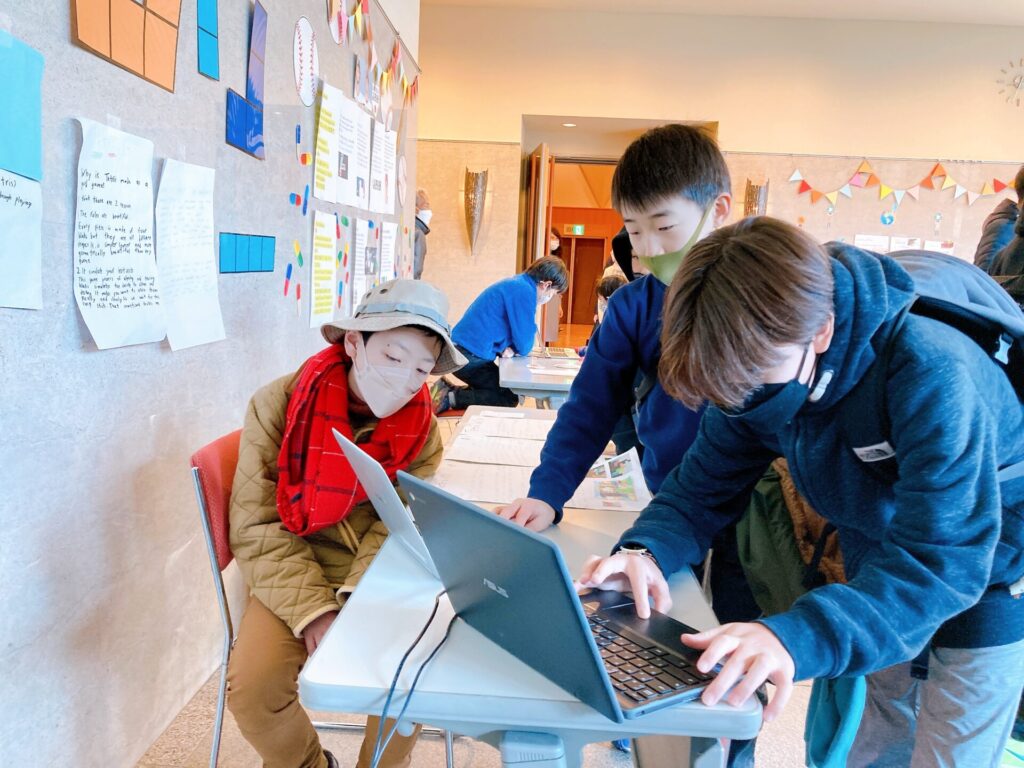
The key purposes of the exhibition are…
- for students to engage in an in-depth, collaborative inquiry
- to provide students with an opportunity to demonstrate agency and responsibility for their learning
- to provide students with an opportunity to demonstrate the attributes of the learner profile in authentic contexts
- to provide students with an opportunity to explore multiple perspectives
- to provide an authentic process for students to monitor, document and present their learning
- to provide students with an opportunity to synthesize and apply their learning
- for students to take action as a result of their learning
- to unite the students, teachers and other members of the learning community in a collaborative experience
- to provide an authentic context for students to reflect on their PYP education
- to support the well-being of students by celebrating their transition to the next stages of their education
- to provide an authentic task for the community to evaluate its implementation of the PYP
- to provide students with an opportunity to engage with the broader learning community and celebrate their achievements.
The Exhibition is shared by the…
Students, as agents of their own learning, are responsible for contacting and organizing meetings with their mentor.
Teachers support the development of knowledge, skills, conceptual understandings, learner profile attributes and considerations for action at every year level. They act as mentors when needed.
School leaders provide relevant professional development for the teachers involved. They promote the exhibition to their learning community. exhibition and allocates funds to provide appropriate resources.
Mentors help students set and meet their goals by asking questions, suggesting resources, helping to interpret difficult information and facilitating interviews or contacts outside the school. They may also contribute as subject area experts.
Parents and older students in a school are informed and encouraged to contribute their expertise and feedback.

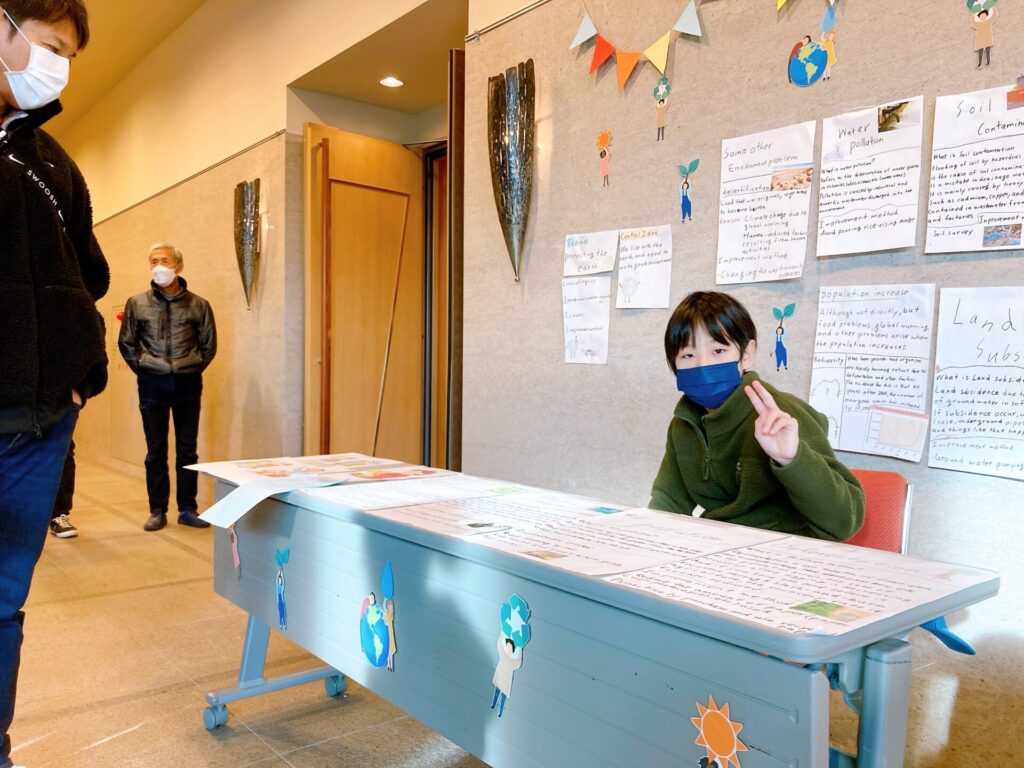
プライマリー・イヤーズ・プログラム(PYP)の学習は、生徒が行う探究の学びを通して、知識、概念的理解、スキル、学習者像の特性をいかに発展させ、応用して学んできたかを皆さんへ示す機会となります。すべてのIBプログラムでは、最終学年(Grade5)に学習の集大成として、PYPエキシビションがあります。
PYPエキシビションでは、生徒たちが自ら選んだ問題やトピックについて、その理解度を発表します。個人で、または仲間と一緒にグループで調査をします。生徒たちは、学習の計画、発表、評価を積極的に行うことで、自分の学習に責任を持ち、行動を起こすことができることを実感することができます。
すべての展示は…
Student-initiated
生徒が主体となって生徒は、探求すべき問題や機会、学際的なテーマ、中心的なアイデアの開発、探求の行程を自ら選ぶという役割を担っています。展示発表するためにはどのような知識を習得する必要があるか、どのようなスキルを身につける必要があるかは、生徒自信が判断します。
Student-designed
生徒は、自分の学習目標を設定し、成功が自分にとってどのようなものであるかの基準を考えます。また、教師、指導者、仲間とともに、自分の学習を記録するための戦略やツールを設計し、エキシビションの成功を評価します。
Collaborative
共同作業。生徒は、エキシビジョンのプロセスを通じて、仲間、教師、メンター(助言者)と協力します。生徒は多様、その発表内容も様々であるため、グループでエキシビジョンに参加する生徒もいれば、メンターのサポートを受けながら個人で参加する生徒もいます。
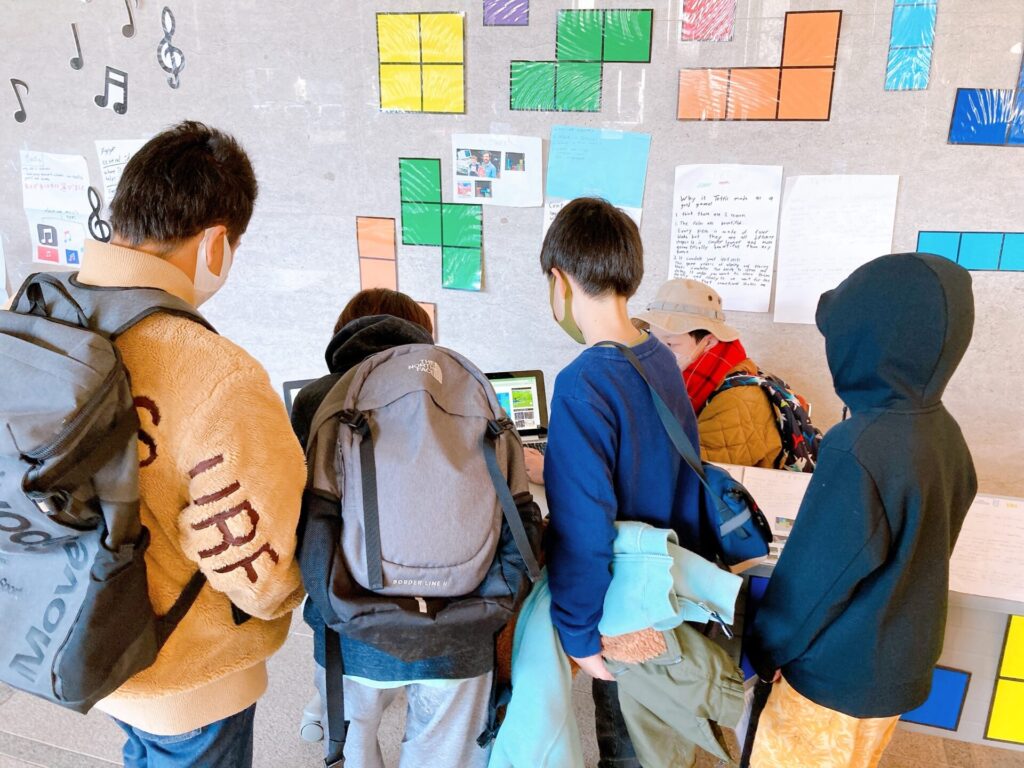
PYPエキシビジョンの主な目的は…
・生徒が深く掘り下げた探究に取り組むため。
・生徒が自分の学習に対して主体性と責任を持つ機会を提供する。
・学習者像の特性を実証する機会を生徒に提供する。
・生徒に多角的な視点を探求する機会を与える。
・生徒が自分の学習を管理し、記録し、発表するために実際どのように取り組んできたのかを見せ、そのプロセスを提供する。
・学習したことを総合して応用する機会を提供する。
・学習の結果に沿って生徒が行動を起こすことができるようにする。
・生徒、教師、学習コミュニティの他のメンバーが協力し合うことで一体となる、そのような体験ができる。
・生徒が PYP の教育を振り返ることができるような、実際の文章で提供する。
・次の教育段階へのステップアップを認め、生徒の満足度、幸福度を上げるサポートをする。
・生徒の周りのコミュニティが、PYPの実践を評価/確認するための、実際の課題を提供する。
・生徒がより広い学習コミュニティと関わることで、その成果を認め合う機会を提供する。
このエキシビションは、以下のように各人物に関わってできています。
Students 生徒は、自分自身の学習の主体者として、メンター(助言者)と協力し、必要に応じてミーティングを企画する責任がある。
Teachers 教師は、各学年において、知識、スキル、概念的理解、学習者像の属性、行動への配慮などの育成をサポートします。必要に応じてメンター(助言者)として活動します。
School leaders スクールリーダーは、関係する教員に適切な専門的能力の助言を提供します。学校指導者は、学習コミュニティに展示会を推進する。展示会を開催し、適切なリソースを提供するために資金を配分する。
Mentors メンター(助言者)は、質問をしたり、資料を提案したり、難しい情報を理解するのを手伝ったり、必要に応じて校外との連絡をバックアップすることで、生徒が目標を設定し、達成できるよう支援します。また、その分野の専門家として貢献することもある。Parents and older students 保護者や上級生にも情報を提供し、専門知識や意見を提供してもらえるよう努める。
